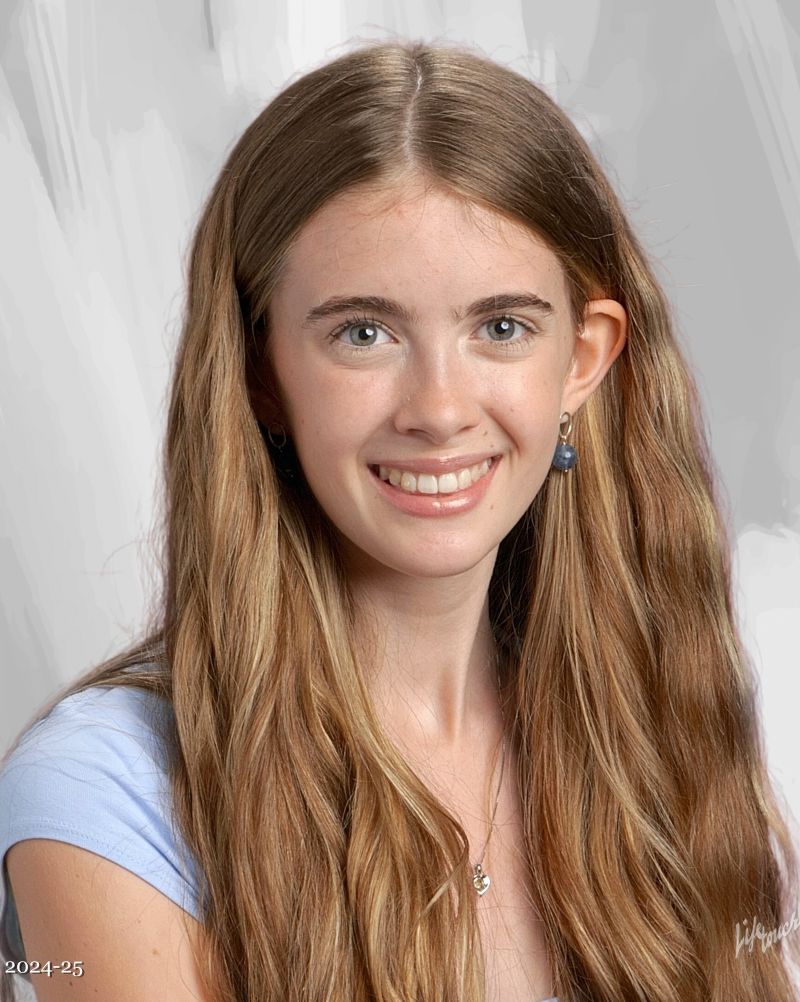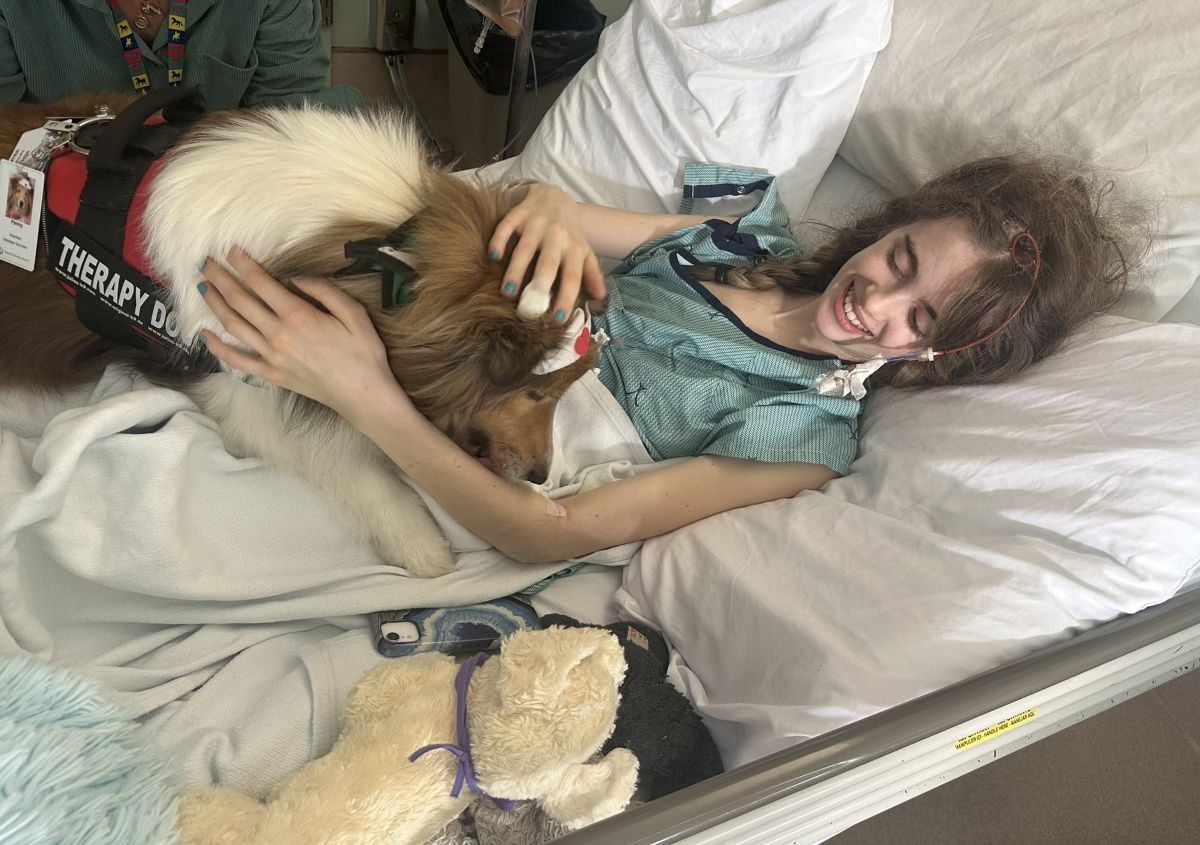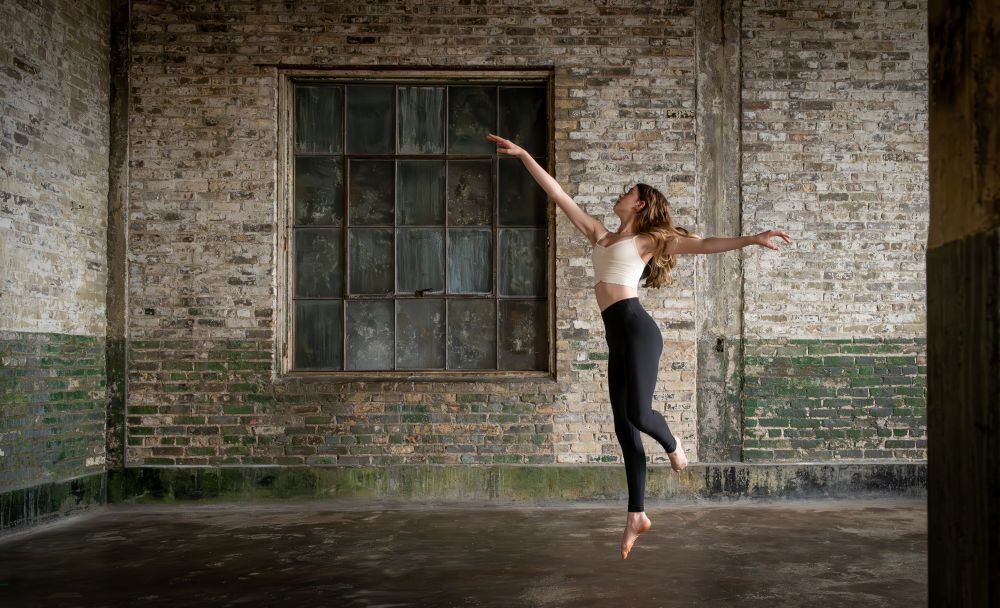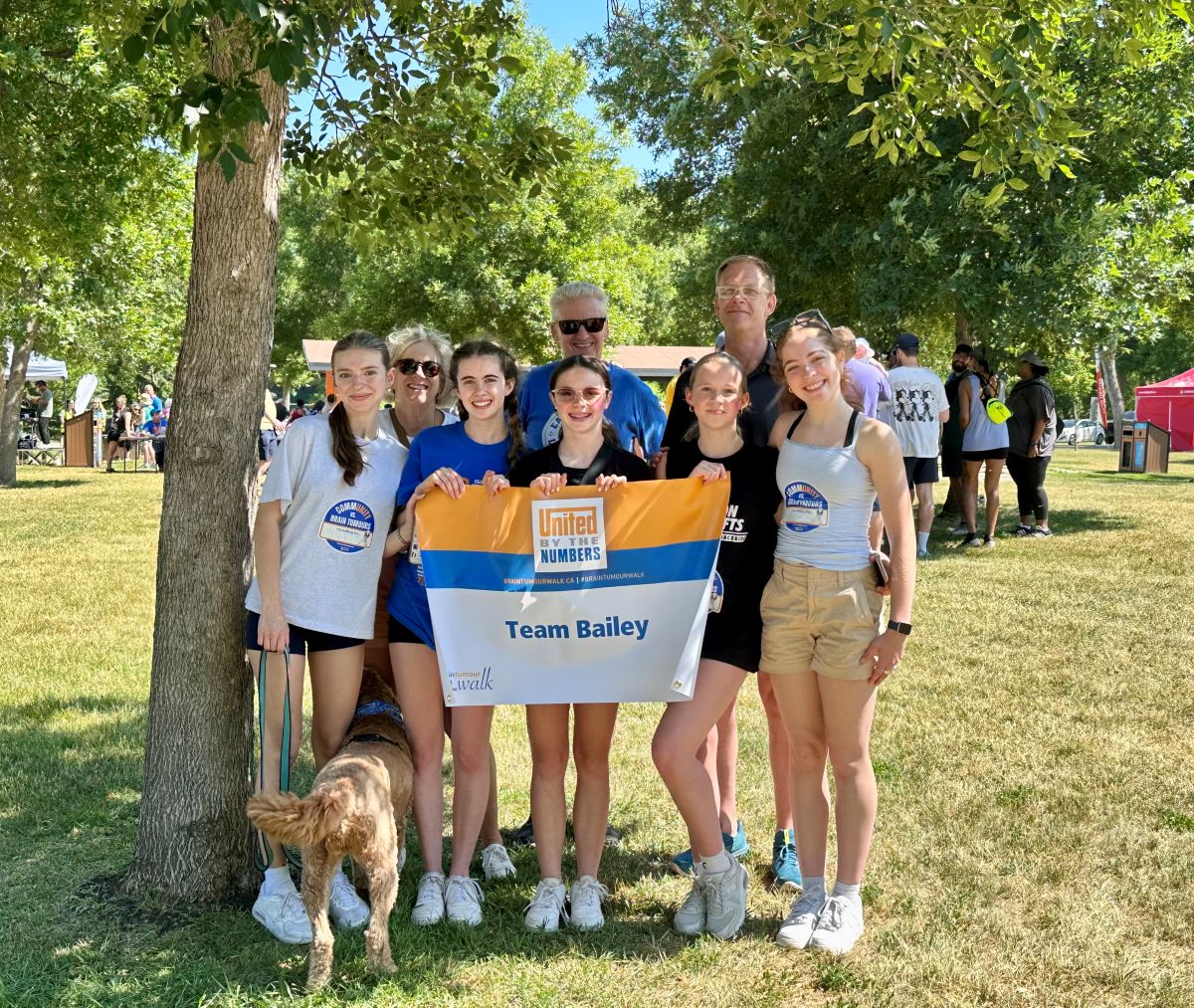
Dancing on: Bailey’s story of courage
Bailey Miller was only two years old when she had her first seizure. Doctors thought it was a one-off, until her seizures became more frequent.
She had brief lapses where she would experience a loss of awareness, a symptom of absence seizures, and later, full tonic-clonic seizures, characterized by a complete loss of consciousness and muscle contractions.
Bailey saw a neurologist, who diagnosed her with epilepsy.
“We had trouble controlling it and had to switch medications a few times,” says Lyndsey MacBride, Bailey’s mom.
Finding a “lesion”
Bailey’s MRI also showed a lesion on her brain, which was about six millimetres at the time.
“The doctor didn’t seem overly worried and said, ‘If we took a picture of your brain, it might not be perfect either,’” says Lyndsey.
By Grade 8, Bailey’s epilepsy seemed to be under control, but her lesion had grown to over one centimetre. That’s when she was referred to an oncologist for followup.
Bailey lost 15 pounds in a month during the summer of 2024, concerning her parents, and her next scan showed significant growth in her lesion, up to three centimetres in one dimension.
“The doctor said he would be more concerned if it was completely solid, but some of the growth was fluid so we would just do another scan in six months,” Lyndsey says.
Feeling sick
 A few days after Christmas 2024, Bailey felt sick following a sleepover with a friend.
A few days after Christmas 2024, Bailey felt sick following a sleepover with a friend.
“I thought it was because I had eaten too much sugar the night before,” Bailey says. “I had a lot of trouble getting up and walking. I had to drag myself up the stairs.”
Despite her lethargy, Bailey insisted on going to dance class.
“I’ve been dancing since I was three and a half,” Bailey says. “I started dancing competitively when I was nine. It’s always been a big part of my life.”
When she felt dizzy following her warm-up, she knew something was wrong. She decided to go home, vomiting uncontrollably over the next few hours.
Bailey was rushed to the Children’s Hospital of Winnipeg, where a CT scan showed a massive hemorrhage.
“I second-guessed whether we should take her to the hospital,” Lyndsey says. “I thought, ‘Maybe let her sleep it off.’ I hate to think what could have happened if we didn’t bring her in that night, but I didn’t even know this could happen. I didn’t know a brain tumour could hemorrhage.”
Emergency surgery
Bailey had emergency surgery soon after arriving at the hospital, where she had an external ventricular drain (EVD) installed to drain cerebrospinal fluid (CSF) from her brain. She was intubated and sedated for three days, spending a week in the intensive care unit and three weeks in the hospital overall.
“They told us she likely would have brain damage,” Lyndsey says. “It could affect her speech or walking or vision.”
 A couple of weeks later she had a biopsy, which revealed a low-grade pilocytic astrocytoma tumour with a mutation associated with spontaneous intracranial hemorrhaging, as Bailey experienced.
A couple of weeks later she had a biopsy, which revealed a low-grade pilocytic astrocytoma tumour with a mutation associated with spontaneous intracranial hemorrhaging, as Bailey experienced.
Dancing through it
Fortunately, Bailey didn’t appear to have the lasting damage doctors feared she would. She started attending dance classes a week after leaving the hospital, just sitting and watching at first and slowly easing back into it following her surgeries.
“I would often have to take breaks or just mark the dances,” Bailey says. “And then, I almost got taken out of my routines. It was, ‘If you want to compete, you have to go full out.’”
“She was determined,” Lyndsey says. “She worked hard and competed in all her dances. She missed about a month of school while she was in the hospital, but she managed to finish the year on the honour roll.”
Becoming a Cup of Hope champion
Bailey’s determination has led to another accomplishment, becoming the top individual fundraiser in Canada for 2025’s Brain Tumour Walk and a Cup of Hope champion. Bailey, with the support of her family and friends, raised an incredible $23,201.88.
“We had no idea she’d raise so much money,” Lyndsey says. “We thought maybe she’d make it to $1,000, but to see how many people have contributed has been amazing.”
 This year was Bailey’s first participating in a Brain Tumour Walk, which she attended at Kildonan Park in Winnipeg.
This year was Bailey’s first participating in a Brain Tumour Walk, which she attended at Kildonan Park in Winnipeg.
“I met a lot of people,” says Bailey. “I felt like I had a community around me.”
Bailey still gets mild, yet frequent, headaches, and has MRIs every three months. The doctors are considering starting her on trametinib, an oral inhibitor, to try to slow the growth of her tumour, however the drug would not prevent another hemorrhage. Surgery might be an option as well, but also comes with risks.
She’s also looking ahead, aiming to go to university and work in pediatric nursing after high school.
“Bailey handles everything really well,” Lyndsey says. “She doesn’t dwell on her diagnosis or feel sorry for herself. When she puts her mind to something, she accomplishes it.”